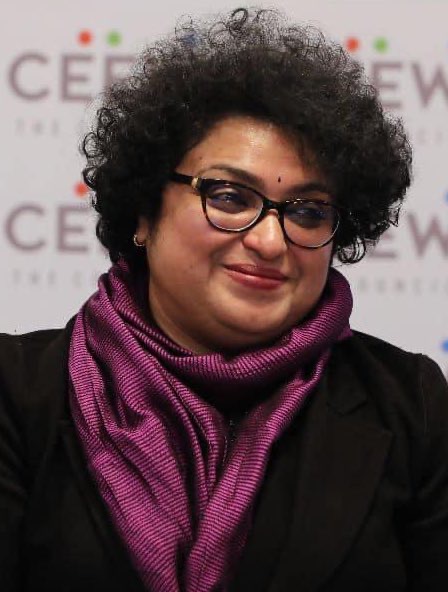Contributors
More »- 1
- 2
- 3
- 4
- 5
- 6
- 7
- 8
- 9
- 10
- 11
- 12
- 13
- 14
- 15
- 16
- 17
- 18
- 19
- 20
- 21
- 22
- 23
- 24
- 25
- 26
- 27
- 28
- 29
- 30
- 31
- 32
- 33
- 34
- 35
- 36
- 37
- 38
- 39
- 40
- 41
- 42
- 43
- 44
- 45
- 46
- 47
- 48
- 49
- 50
- 51
- 52
- 53

Fiscal consolidation through tax buoyancy rather than expenditure compression will be a relatively less painful path towards economic growth recovery, according to Lekha Chakraborty.
The Union government must keep the fiscal policy accommodative to support growth recovery amid an uncertain global situation and monetary tightening, …
Why India needs a Fiscal Council
07/06/2022

(Co-authored with Emmanuel Thomas)
"Fiscal transparency and accountability need to be ensured to create room for market confidence in a high public debt regime. Constituting a Fiscal Council in India is therefore crucial at this juncture to analyse the fiscal risks and to formulate post-pandemic …
Brace yourself for higher interest rates
23/05/2022
Data released by the National Statistical Office showed that retail inflation had surged to an eight-year high of 7.79 per cent in April driven by higher food and fuel prices. The former rose to 8.38 per cent driven by double-digit inflation in edible oils and vegetables, while inflation in …

(Co-authored with Emmanuel Thomas)
“Fiscal and monetary policy coordination is crucial to sustain the economic recovery. The fact that the wholesale price index (WPI) inflation rate was continuing at two-digit numbers for a year and the CPI has remained above the upper band of 6% …
The Digital Tax Challenge
28/04/2022

Over the past four years 137 countries have engaged intensively with the OECD to find a solution to the tax challenges arising from digitalisation. Like any international agreement, finding a middle ground has been difficult and series of compromises were made. It was agreed intially the unique features of …
